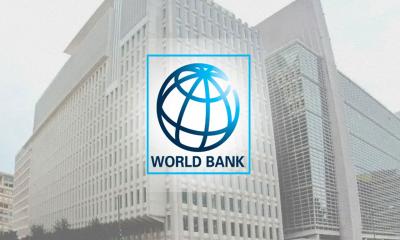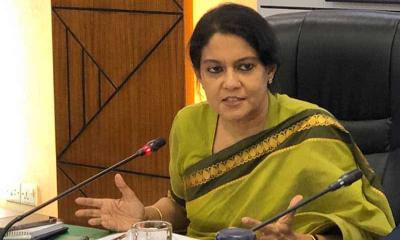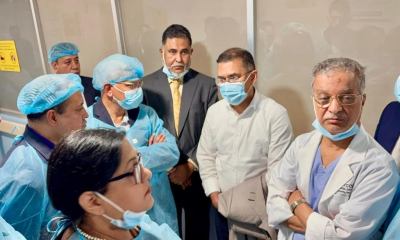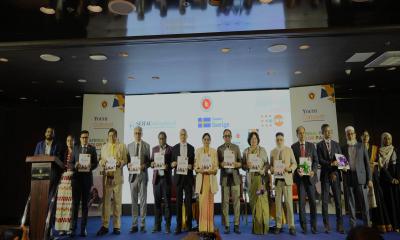Adequate measures can reduce at least 60 percent of predicted carbon emissions from cooling equipment by 2050 while rapid power grid decarbonization can do up to 96 percent, according to a new report published during the COP28 climate talks in Dubai on Tuesday.
End-users could save $1 trillion annually and the power sector up to $5 trillion. Moreover, 3.5 billion people are set to benefit from access to life-saving cooling.
Around 1.2 billion people in Africa and Asia lack access to cooling services, putting lives at risk from extreme heat, reducing farmers’ incomes, driving food loss and waste, and hindering universal vaccine access.
According to the report, the cooling sector`s greenhouse gas emissions are predicted to more than double by 2050.
On current growth trends, cooling equipment represents 20 percent of total electricity consumption today – and is expected to more than double by 2050. Greenhouse gas emissions from power consumption will increase, alongside leakage of refrigerant gases.
Under a business-as-usual scenario, emissions from cooling are predicted to account for more than 10 percent of global emissions in
2050.
The Global Cooling Watch report, “Keeping it Chill: How to Meet Cooling Demands while Cutting Emissions” by the UN Environment Programme-led Cool Coalition –lays out sustainable cooling measures in three areas: passive cooling, higher-energy efficiency standards, and a faster phase-down of climate-warming refrigerants.
The report is released in support of the Global Cooling Pledge, a joint initiative between the United Arab Emirates as host of COP28 and the Cool Coalition.
Today, over 60 countries signed up to the Pledge with commitments to reduce the climate impact of the cooling sector.
“As temperatures rise, it is critical that we work together to improve energy efficiency and reduce emissions from the cooling sector while increasing access to sustainable cooling. This access is especially important for the most vulnerable communities, who have often contributed the least to climate change but are the most exposed to its impacts,” said Dr. Sultan Al Jaber, COP28 President.
Inger Andersen, Executive Director of the United Nations Environment Programme (UNEP) said, “The cooling sector must grow to protect everyone from rising temperatures, maintain food quality and safety, keep vaccines stable and economies productive.
“Countries and the cooling sector must act now to ensure low-carbon cooling growth. Fortunately, the solutions are available today. Getting energy-efficient, sustainable cooling right offers an opportunity to cut global warming, improve the lives of hundreds of millions of people, and realize huge financial savings,” she said.
In addition to slowing climate change, following these measures, and implementing the Global Cooling Pledge, would allow low-emissions cooling to reach an additional 3.5 billion people, save US$22 trillion for end-users and the power sector, and reduce global peak load demand by between 1.5 and 2 terawatts, which is almost double the EU’s total generation capacity today, she said.
Rapid transition measures could reduce the projected 2050 emissions from business-as-usual cooling by around 3.8 billion tons and allow an additional 3.5 billion people to benefit from refrigerators, air conditioners or passive cooling.
It would reduce electricity bills for end users by $1 trillion in 2050, and by $17 trillion cumulatively between 2022—2050.
Implementation of key measures will reduce peak power requirements by between 1.5 and 2 terawatts (TW) – almost double the EU’s total generation capacity today.
G20 countries represent 73 percent of the 2050 emission reduction potential.
Sharif Jamil, coordinator of Waterkeepers Bangladesh told The Report, “Certainly the air conditioner and the refrigerator are responsible for climate change. But the emissions can be reduced by using modern technologies.
However, it needs electricity to run cooling equipment. So there is no way but to phase out of fossil fuel, he said.




-20251226051932.jpeg)
-20251222051606.jpeg)






-20251228011000.webp)






-20251227141313.jpeg)


















